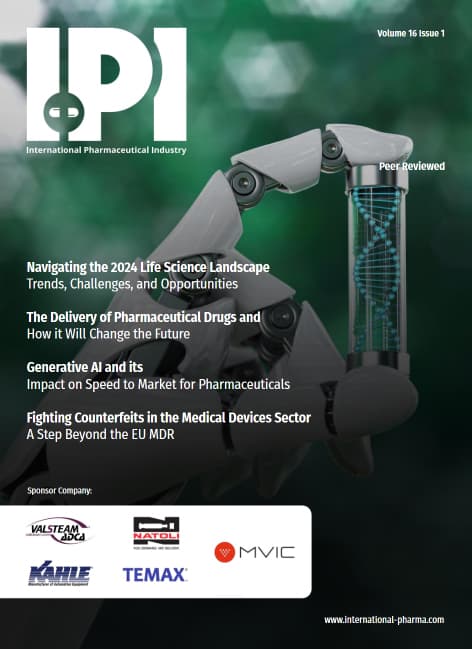The primary axillary hyperhidrosis therapeutics market value is expected to increase at a slow pace in the coming years, from $541.9 million in 2016 to $680.7 million by 2023, at a Compound Annual Growth Rate (CAGR) of 3.3%, according to business intelligence provider GBI Research.
The company’s latest report: ‘A Global Hyperhidrosis Market Landscape Assessment: Trends, Forecasts, and Opportunities in a Growing Market’ states that this growth will be primarily due to increasing awareness of primary axillary hyperhidrosis as a treatable medical condition across the major developed markets, resulting in an increased diagnosis rate and therefore a larger treatment-receiving population.
Hyperhidrosis is a frequently underdiagnosed disease; only around half of patients discuss their condition with a physician, due to lack of awareness of the disease as a medical condition. Limited numbers of approved products are currently available to treat primary axillary hyperhidrosis and there is a significant unmet need for curative drug therapies for the treatment of primary axillary hyperhidrosis.
Existing therapies for the treatment of primary axillary hyperhidrosis have the ability to slow down the symptoms of the disease. However, these therapies are unable to provide a complete cure.
Vinod Makthal, Healthcare Analyst at GBI Research, commented: “Botox is the only approved product to treat primary axillary hyperhidrosis. This treatment is associated with high cost, serious side effects and is temporary in nature. Currently available off-label therapies such as anticholinergics and antiperspirants are relatively less effective and are also associated with side effects.”
Makthal added: “Better diagnostic tests are required for hyperhidrosis, as currently available diagnostic tests can diagnose excessive sweating, but cannot differentiate between primary and secondary hyperhidrosis.”
The current primary axillary hyperhidrosis pipeline is weak, with only six molecules present in clinical development and the majority of pipeline assets lack novelty as most of the products are a reformulation of currently approved and off-label marketed products. Moreover, the primary axillary hyperhidrosis market will face a greater degree of limitations due to an increasing preference for medical devices that can provide permanent treatment for the disease.
Vinod concluded: “The recommendation of the International Hyperhidrosis Society to use miraDry, developed by Miramar Labs, as a permanent therapy for the treatment of the condition will hurt the growth of the overall primary axillary hyperhidrosis drug market.”
“Lack of availability of safe and efficacious curative drug therapies, a lack of reimbursement for the off-label products which are used to treat primary axillary hyperhidrosis, limited coverage for Botox and a shift from drug therapy to approved medical device therapy to treat the disease could have a considerable impact on market growth.”

























